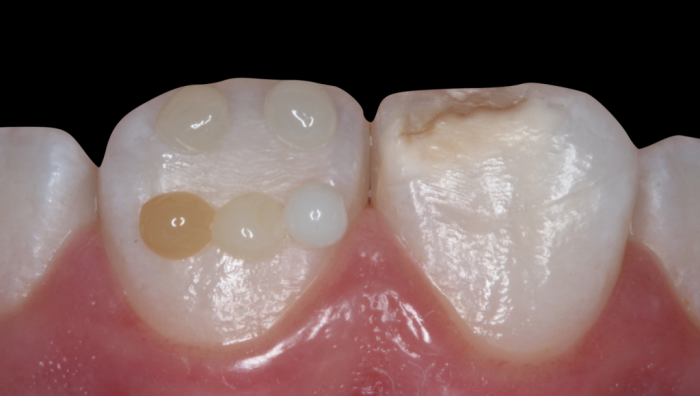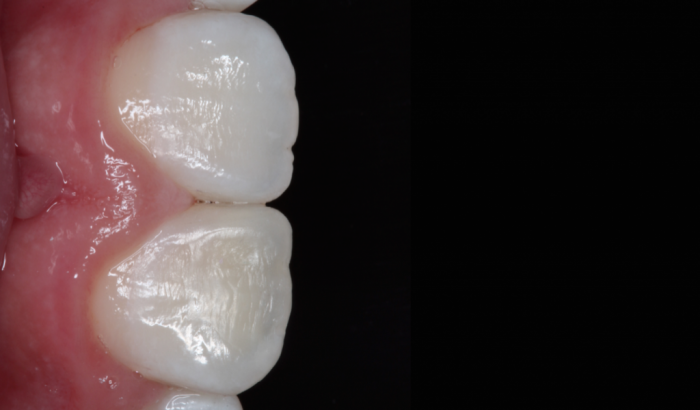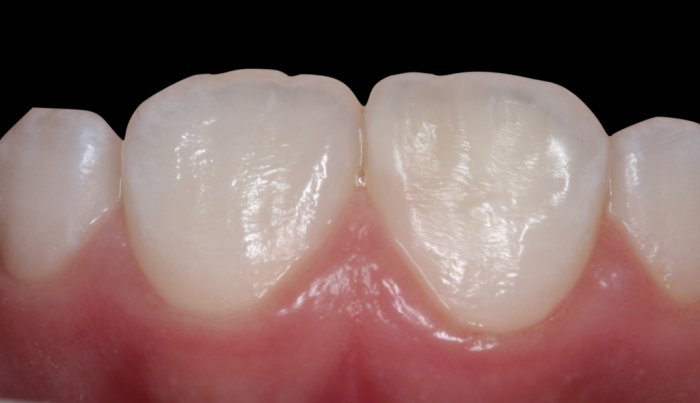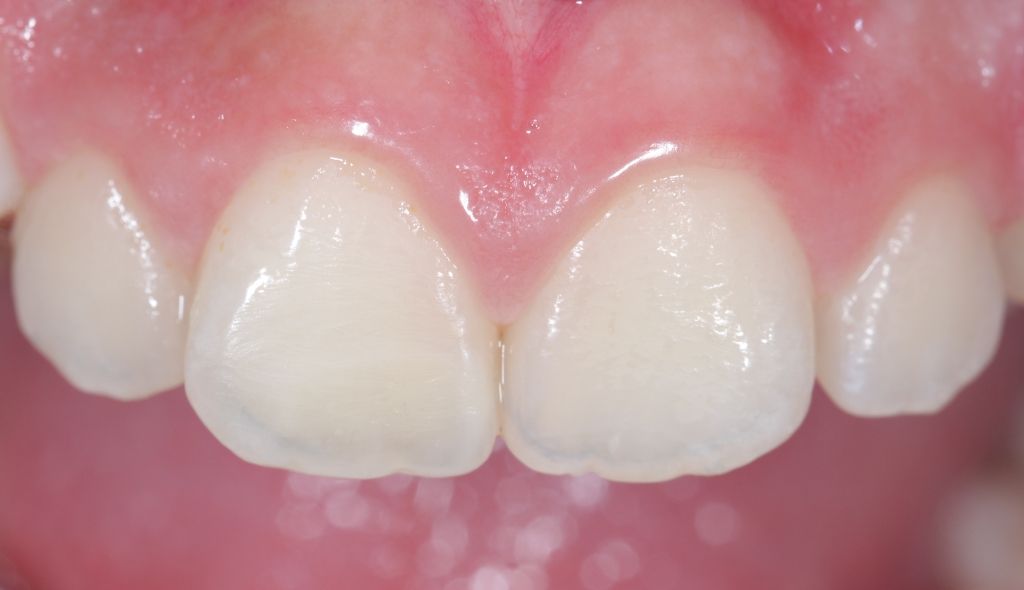Layer-by-layer technique for creating aesthetic restorations
Machine translation
Original article is written in RU language (link to read it) .
The layering technique or stratification is a modern concept that allows the dentist to achieve highly esthetic restorations using new composite systems. They reproduce the shade and color of a tooth using the optical properties of dentin and enamel shades and color modifiers. They allow light to pass optimally into the restoration, providing more realistic color depth and tooth surface characteristics.
Learn more about the principles of layer-by-layer arrangement of layers in the webinar Stratification in restoration .
The application of a layering concept using individual composites that mimic natural dental anatomy provides clear benefits to the clinician and makes the entire procedure more efficient and predictable.
Clinicians continued to select shade using the Vita Color Guide. The selection was based on shade and color only (eg A2, B2, C1). As a result, the restorations became flat and lacked luminescence.
Recent developments combined with clinical research on stratification (layering) now allow the use of new composites that have excellent opalescence and fluorescence characteristics and provide a wide range of color options.
GC essentia composite system
The new GC composite system (essentia) is an innovative and simplified concept. It breaks away from traditional monochrome shades and focuses on recreating the characteristics of enamel and dentin.
Shade and color are given by dentin, which dominates the color nature of the tooth. Enamel is responsible for regulating the “shine” of teeth and is characterized by high transparency. It is easy to create chromatically complex teeth in a simple way, using fewer colors while maintaining high esthetic results.
With essentia, layering has been simplified even further to three dentin and two enamel shades.
Dentin typically has a low color range when teeth are young, but increases with age. The meaning of natural tooth color is important for young people and less important for older people.
Essentia uses only three dentin shades (light, medium (intermediate) and dark) with an increasing color range and decreasing opacity to match the natural aging process. Enamel “works” in this way very similar, with white and less transparent enamel in young teeth and more transparent and chromatic in old teeth. Essentia only uses two enamel shades, one with a high value (light) and one with a lower value (dark).
Clinical case
A young female patient, 12 years old, with hypomineralized lesions in the area of the incisal third of the upper right central incisor. The patient sought an aesthetic solution to the situation (photo 1).

Photo 1. Initial situation.

Figure 2: The initial preoperative situation was digitally improved by increasing contrast and decreasing brightness to assess the extent of the lesion.

Photo 3. Composite beads are used to determine the shade. We take a little 1.5 mm composite (without etching and adhesion) and apply it to the cervical third for dentin (light, medium, dark) and for enamel (light, dark) to the third in the area of the cutting edge and polymerize.

Photo 4. Enhancing the image by increasing contrast and decreasing brightness to evaluate hue.

Photo 5. “Polar View” filter used to evaluate hue (same procedure).

Photo 6. Black and white image is used to assess quality.

Photo 7. Insulation.

Photo 8. Microabrasion using Opalustre (Ultradent), 8 applications due to the depth of the lesion.

Photo 9. Completion of preparation.

Photo 10. Etching (37% phosphoric acid) using Teflon for the adjacent tooth.

Photo 11. Application of adhesive.

Photo 12: Medium dentin shade applied.

Photo 13. A light shade of dentin is used to enhance the radiance effect.

Photo 14. And at the end we make an application of a light shade of enamel.

Photo 15. Immediate final result after removal of the rubber dam.


Photo 16-17. The final result.

Photo 18. A week later.


Photo 19-20. Control photo after 6 months.
Even more useful information on this topic in the online lesson Direct restoration of anterior teeth: from class IV to veneers. Stratification technique .
http://www.styleitaliano.org/
